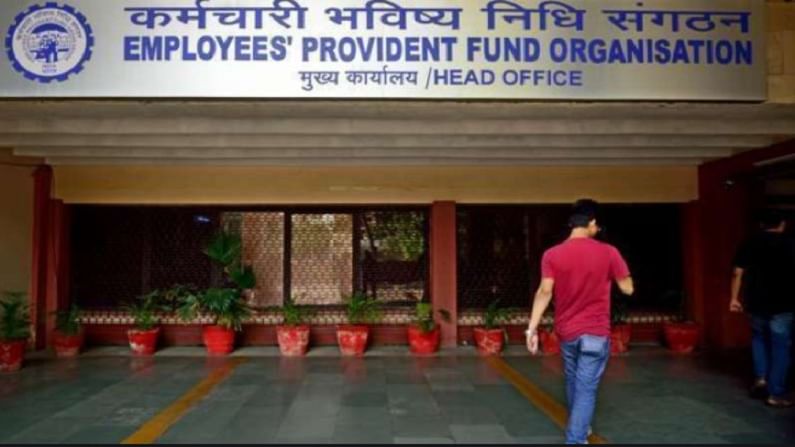Slipping out of PF net early can expose you to financial risk during retirement years
With extremely weak social security net to take care of old age income security PF accumulation is crucial for financial security during retirement years.

The Covid-19 pandemic has sparked huge withdrawals and closure of retirement accounts with the Employees’ Provident Fund Organisation (EPFO). As per data released by the government, EFPO has closed 7.1 million provident fund accounts during April-December 2020, as against 6.6 million during the same period in the previous year.
The number of provident fund subscribers who made partial withdrawals more than doubled to 1.27 crore accounts during April-December 2020, from 54 lakh accounts in the same period in 2019. The total withdrawals from EPF account from April-December 2020 was Rs 73,498 crore, as against Rs 55,125 crore during the same nine-month period in the corresponding period a year ago.
The government has said that reasons for closure of account included superannuation, job loss or changing jobs.
During the early months of the Covid 19 pandemic in 2020, Finance Minister Nirmala Sitharaman had eased EPF withdrawal regulations by allowing withdrawal of 75% of corpus or 3 months wages equivalent, whichever is lower, The move to allow easier access to the accumulated PF corpus was part of a series of relief measures announced by the government to ease financial stress faced by many.
It would be safe to assume that most EPFO subscribers would have withdrawn money from their corpus or closed their account due to genuine financial needs sparked by job losses or salary cuts during the pandemic. However, one cannot ignore the long term impact of such moves.
In a country with an extremely weak social security net, provident fund accumulation remains a crucial element of financial security during retirement years. As such, premature withdrawal or closure of accounts should be one of the very last options for subscribers.
Knowing the importance of provident fund as retirement savings, the EPFO itself imposes severe restrictions on withdrawals in normal times thereby discouraging the propensity to withdraw these funds. A subscriber is permitted to withdraw money from their account for specific purposes such as education, marriage, illness or buying a home
Other than being an important social security instrument, EPF’s features make it one of the most attractive investment options for retirement savings. EPF subscribers get one of the highest rates of interest for similar investment avenues. At 8.5% interest that has been decided by the government for 2020-21 it, PF beats the current public provident fund (PPF) rate of 7.1% by a good margin. Steady compounding of the accumulations over one’s working life can create a large corpus on retirement. Moreover, contributions to EPF get you tax deductions under 80C of the Income Tax Act.
Also, due to its political ramifications the government is unlikely to bring down the interest rates substantially at any point. Thus, PF rates have remained high, despite the low interest rate environment where fixed deposit rates of leading banks have progressively come down to around 5-6% annually and other floating rate instruments also seeing lowering of coupon rates.
In fact, any tampering of its features that go against the subscribers’ interest is likely to face stiff resistance from political quarters and the EPFO’s Board of Trustees. In 2016, the Narendra Modi government in its first tenure was forced to roll back its measure to partially tax PF withdrawals and drop its plans to restrict withdrawals until retirement.
In fact, given its benefits and guaranteed returns, many financial advisors would advise you to opt for raising your PF contribution through the Voluntary Provident Fund (VPF) route by instructing your company. It may, however, be noted that the government has recently stipulated that employee contribution beyond Rs 5 lakh a year will attract tax at the marginal rate. Also, under VPF, though the employee can choose to have deductions from salary above the mandatory 12%, the employer is not liable to match the additional contribution.
If you hang on to your PF till the end of your work life, the accumulated corpus will go a long way in ensuring financial security during your retirement years. Slipping out of the PF net early can hurt and expose you to financial risk when your salary stops coming into your bank each month.

